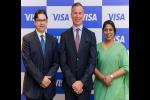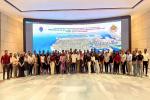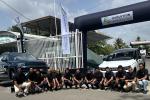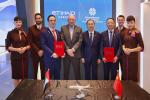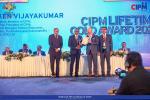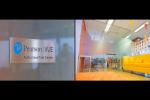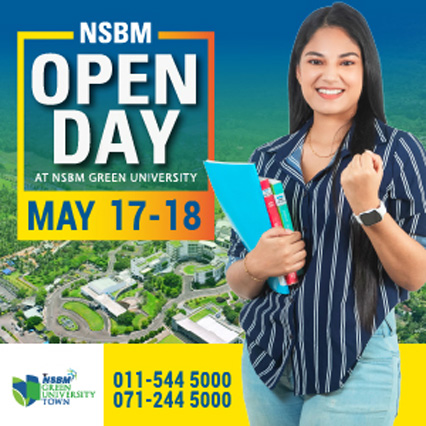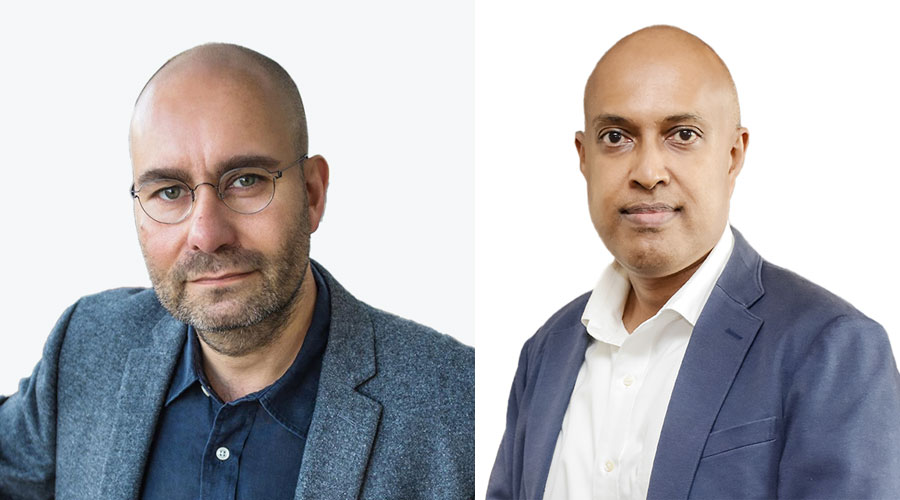As the foundation of an organization, HR has evolved to create a more inclusive, employee-centric culture today.
"HR has become kind of a health center during this time, whether it's mental or physical health.
It became much more important to take care of people's well-being because there was a real crisis out there," said Lars Jeppesen, CEO, and co-founder, of Tech One Global.
A leading cloud solutions integrator with over 18 years of experience building and providing integrated IT solutions for small, medium, and enterprise businesses.
But the challenge of managing and enabling remote work was not easy for manufacturing companies such as Terumo Philippines Corporation.
Faith Bautista, General Manager, Human Resources and General Affairs of Terumo Philippines Corporation, explained that their biggest challenge was getting employees to the office and managing them and their health during a pandemic.
This led them to understand the nature of their organization and how to navigate those issues through properly devised frameworks and digital HR technology such as MiHCM.
Furthermore, Jan Tanchi, SHRM-SCP, Sr. HR Manager of Microsoft APAC, explained,
"Each company is different and unique.
I applied the same methodologies and principles I learned at Microsoft [to my former workplace].
But unfortunately, it failed because it was a different business model with different employee demographics and types.
And I think that's always the first step in understanding how inclusive you are towards understanding your employee demographic and what works for them."
For other organizations that had the luxury of remote and hybrid working, the post-pandemic era created new challenges; employees became reluctant to return to the office while organizations demanded that they do so.
This resulted in the Great Resignation, an ongoing economic trend that shifted the idea of work and pushed people to resign voluntarily for better wages, engagement, and more remote working opportunities.
One of the ways organizations can address this issue is through talent development.
"It's cheaper to develop talent than to acquire talent.
But, unfortunately, those talents are not available anywhere in the market," stated Rey Lugtu, Founder and CEO of Hungry Workhorse.
Companies like QuadX Inc. were already cultivating employee development through a structured delivery mechanism.
Christine Dyan Labanda, Chief People Officer of QuadX Inc., explained that QuadX Inc. provides allowances to their employees for their learning interests which ultimately helps the company retain employees and develop leaders in the long run.
Furthermore, Harsha Purasinghe, CEO of MiHCM, added,
"To continue to attract talent and bring them to speed, we need to understand the required skill sets for organizations, and all these skills sets, we try to digitize as much as possible.
With all these resignations, one of the things we need to do continuously is to see how to upskill and reskill your staff quickly."
How can technology create sustainable employee experiences digitally, especially for employees working in a remote or hybrid environment?
Since many organizations extensively use collaboration platforms such as Microsoft Teams, MiHCM took inspiration and developed an application that integrates with Microsoft Teams to build employee engagement and productivity, eliminating the need to log into multiple systems to complete HR tasks.
"We tailored MiA initially for our use. And then, when we built this, we realized that this is something needed for hybrid work and that most people were looking for a similar tool where from morning to evening, employees can engage," elaborated Harsha.
As a virtual assistant, MiA greets and notifies employees of upcoming tasks and meetings, providing help throughout the day within the Microsoft Teams application via desktop and mobile.
Using MiA, employees can do simple HR tasks such as checking in and checking out, submitting work activities and leave applications, checking leave balances, requesting time changes, and viewing their pay slips.
In addition, any meetings scheduled via Outlook Calendar are automatically captured into employees' timesheets.
Through MiA, organizations can monitor and analyze employees' work activities and productivity levels across departments and understand which tasks employees spend most of their time on.
"We found we can use these interesting technologies for people to engage better in the workplace, and that was something that emerged all because of the pandemic.
It enabled a different experience for the hybrid workplace," mentioned Harsha.
Flexibility is another aspect organizations must clearly understand and define.
"When we shifted to our hybrid work model, we defined three distinct aspects of what flexibility would mean to a person.
There is the person's time or frequency of going to the office, the person's location, and the actual time spent at work whether it's full-time or part-time employment," said Jan.
He further added that clearly understanding team agreements provides clarity and creates authentic one-on-one conversations on what works best for each employee.
As more and more of the world shifts to digitization, organizations must hire the right tools and talent to enable a successful digital HR transformation.
MiHCM has continuously engaged in substantial R&D to transform its products' overall digital HR experience.
The company's global footprint extends to more than 500 companies across 21 international markets, with clients in large-scale Banking and Finance, Manufacturing, Telco, Professional Services, Retail, and Technology.
As the global workplace and workforce evolve, MiHCM with Tech One Global envisions building more employee experiences that support its international clients to nurture the future of work by leveraging the power of technology.
To learn more about MiHCM, visit www.mihcm.com
To learn more about Tech One Global, visit www.techoneglobal.com
To learn more about Microsoft, visit www.microsoft.com
Photo Caption Left to Right Lars Jeppesen, CEO, and co-founder, of Tech One Global and Harsha Purasinghe, CEO of MiHCM


